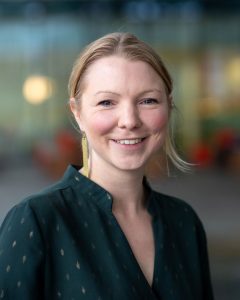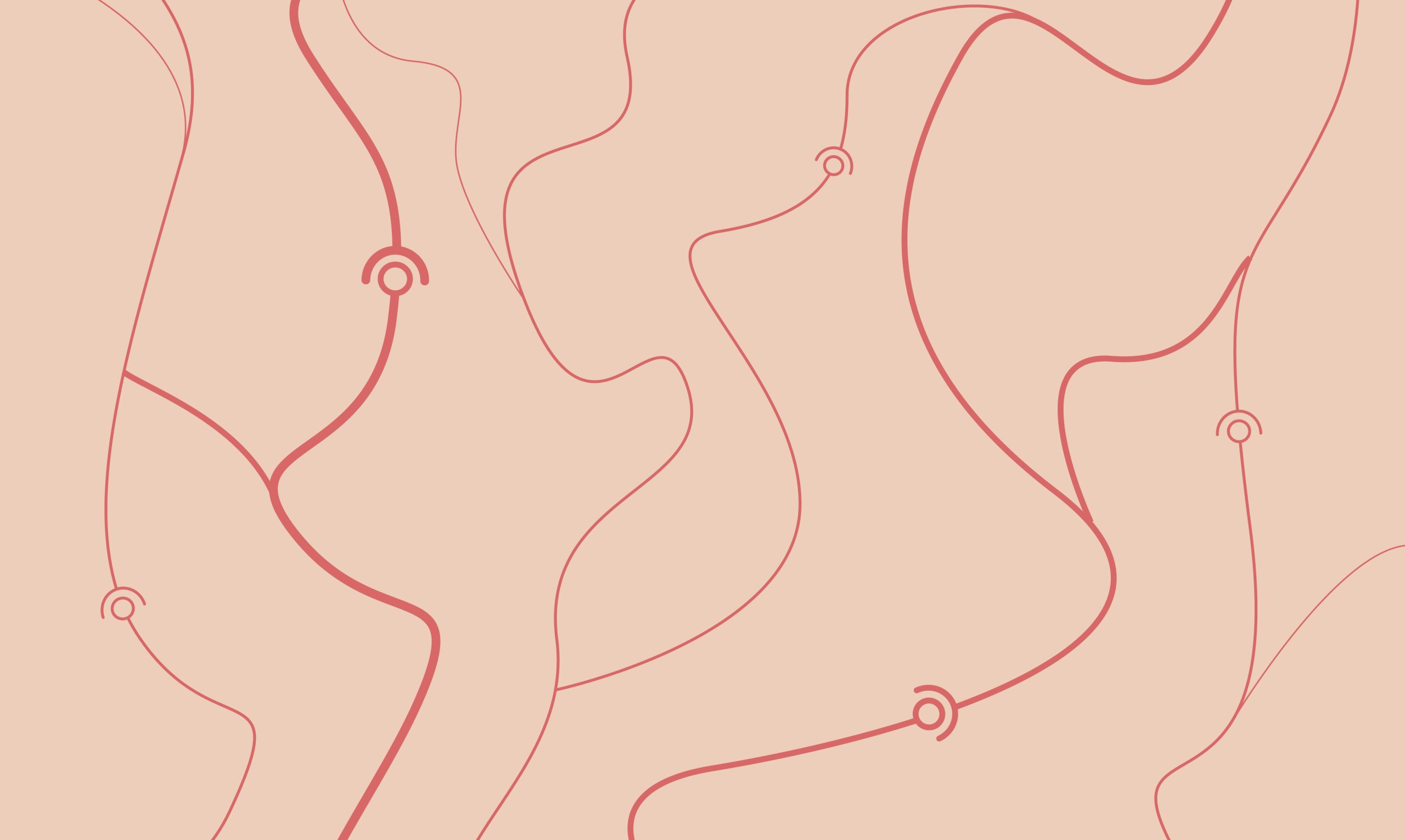Pinson, H., Lenaerts, J. & Ginis, V. (2023, July). Linear CNNs Discover the Statistical Structure of the Dataset Using Only the Most Dominant Frequencies. In International Conference on Machine Learning (pp.27876-27906). PMLR.
Assistant Professor of AI
at Eindhoven University of Technology



01/07/2024: my 30min talk on how simple CNNs learn and which information about the dataset they store in their parameters, is now on youtube.
01/05/2024: Mudassar Ahmad joined the group as a summer research intern. He’ll try to extend our insights in learning with attention mechanisms. Welcome Mudassar!
15/01/2024: Aurélien Boland joined the group as a PhD student. Previously he obtained a M.Sc. degree in mathematical engineering, and an advanced M.Sc. degree in AI. He also worked two years as a data scientist in the industry (AGC). Now he’s interested to tackle questions about what and how neural networks learn. Welcome Aurélien!
The goal of my research is to obtain fundamental insights in deep learning:
In more technical terms, I try to solve questions about inductive bias, learning dynamics, and generalization. Currently I have a specific focus on understanding the interplay between dataset structure, neural network architecture and gradient descent.
You can have a look at our recent ICML paper to get an idea of what this means:
Pinson, H., Lenaerts, J. & Ginis, V. (2023, July). Linear CNNs Discover the Statistical Structure of the Dataset Using Only the Most Dominant Frequencies. In International Conference on Machine Learning (pp.27876-27906). PMLR.
I am interested in obtaining fundamental insights in deep learning. My current focus is on questions about inductive bias, implicit regularization and generalization, and I mainly study the interplay between dataset structure, neural network architecture and gradient descent.
I also teach about the use and understanding of neural networks, and I supervise several research projects in AI.
I obtained a master’s degree in Physics and one in Computer Science/AI, both at the Vrije Universiteit Brussel (VUB), Belgium. My master’s studies were completed with a year-long research stay with the Max Tegmark group at MIT in 2017. I later obtained the Agoria award for the best thesis in technology and innovation for my thesis project.
In 2018, I started my PhD as an FWO fellow under the supervision of Prof. Vincent Ginis at VUB. During my PhD I remained a visiting researcher at MIT, and I also learned to experiment with real neurons and analyze neural network recordings in the labs of Prof. Michael Levin at Tufts University and of Prof. Mustafa Sahin at Harvard Medical School. In June 2023, I defended my PhD thesis with the title Form and Function in Neural Networks: On the Interplay Between Dataset Structure, Network Architecture, and the Evolution of Learning.
During my studies and the beginning of my PhD, I enjoyed collaborations on a wide range of different topics, from photonics to medicine to neuroscience. The two main papers of this period are:
Sundberg, M., Pinson, H., Smith, R. S., Winden, K. D., Venugopal, P., Tai, D. J., … & Sahin, M. (2021). 16p11. 2 deletion is associated with hyperactivation of human iPSC-derived dopaminergic neuron networks and is rescued by RHOA inhibition in vitro. Nature communications, 12(1), 2897.
Pinson, H., & Ginis, V. (2019). General framework for the frequency shifting of electromagnetic pulses using time-dependent surfaces.
Physical Review B, 99(20), 201407.